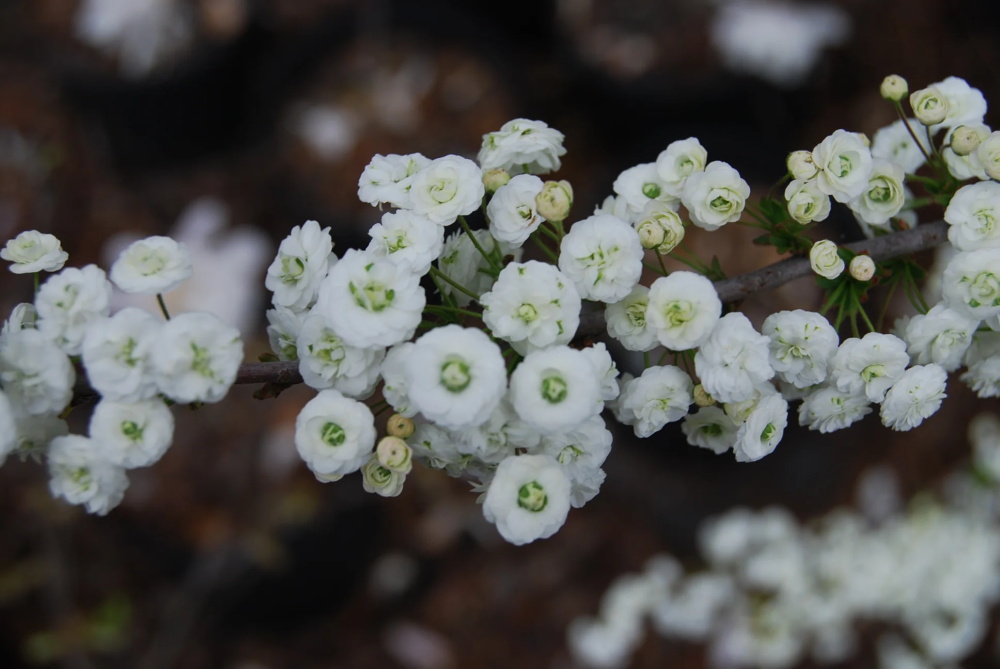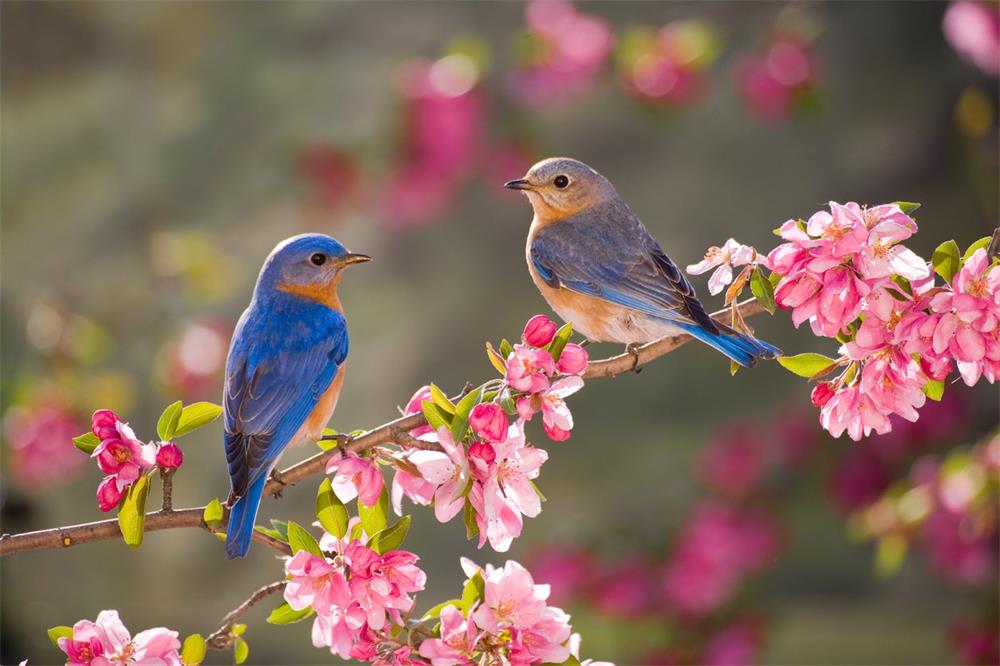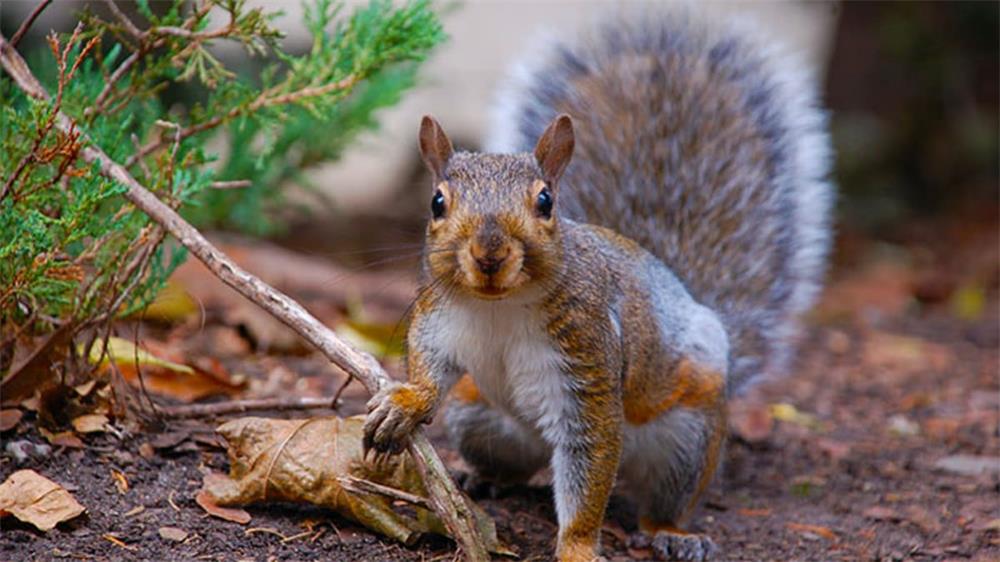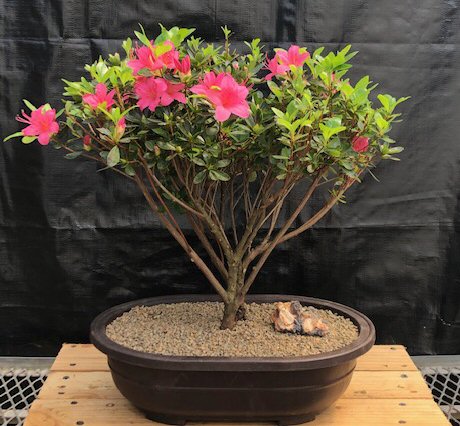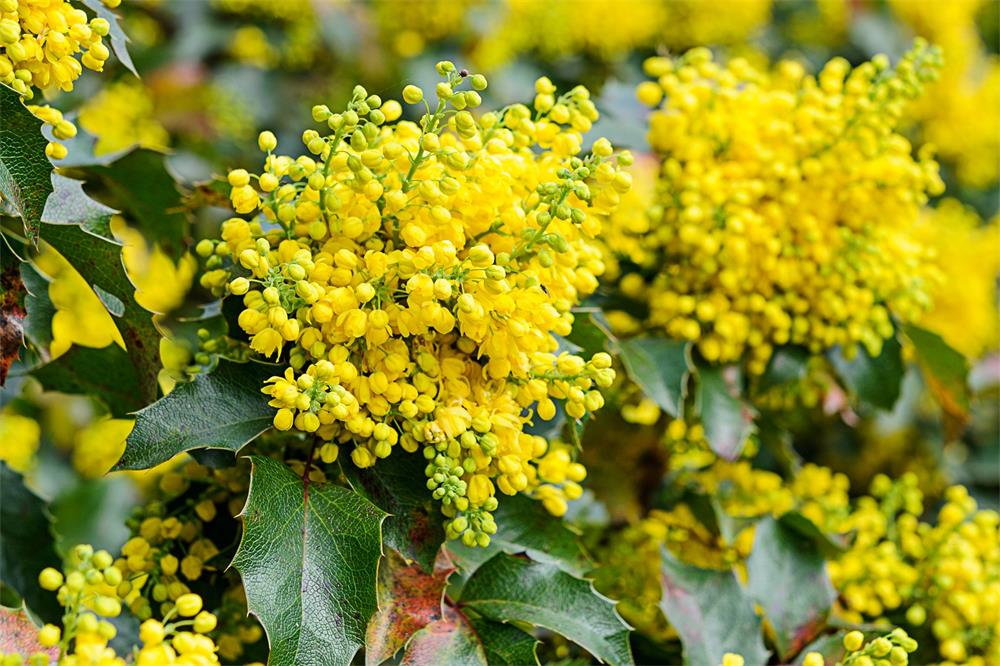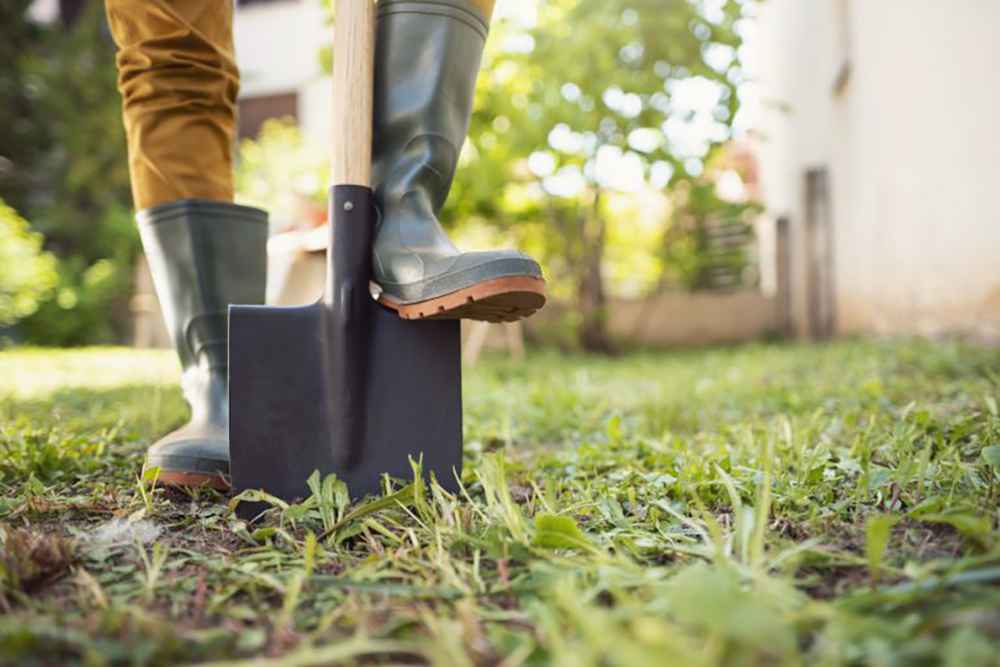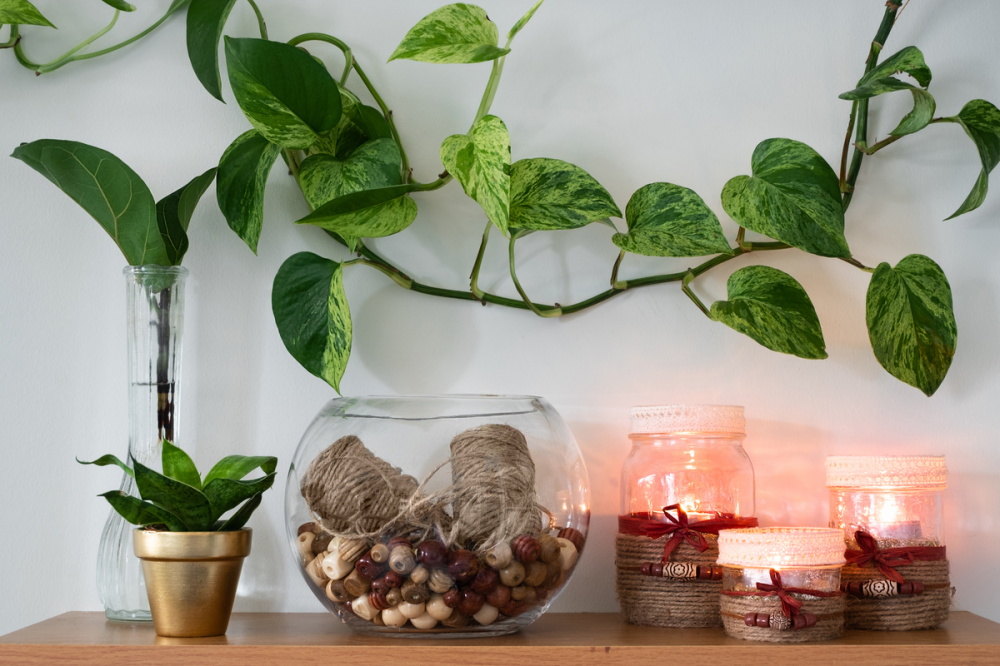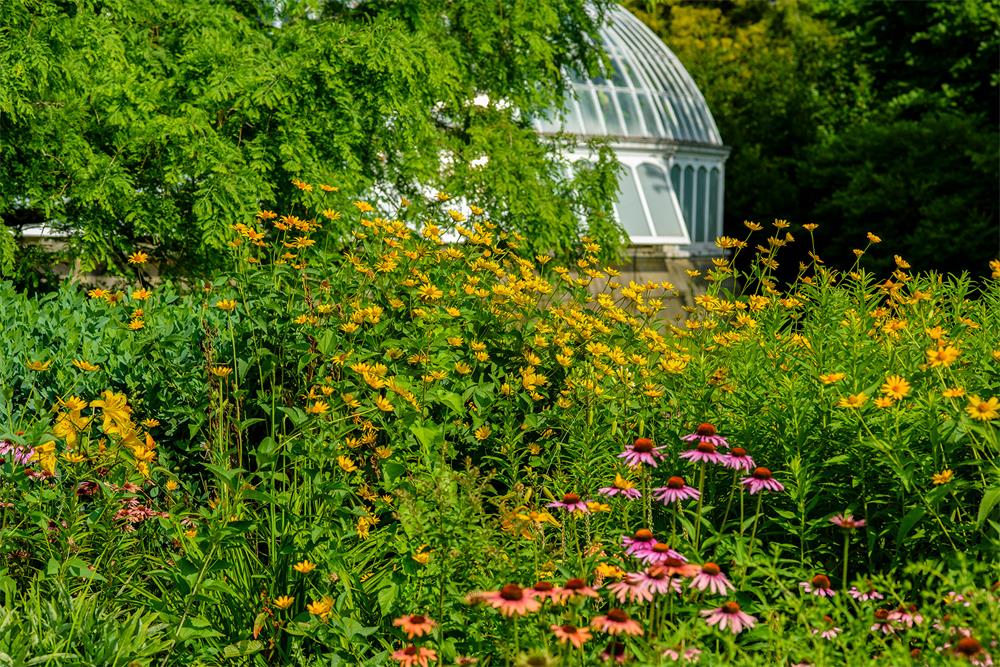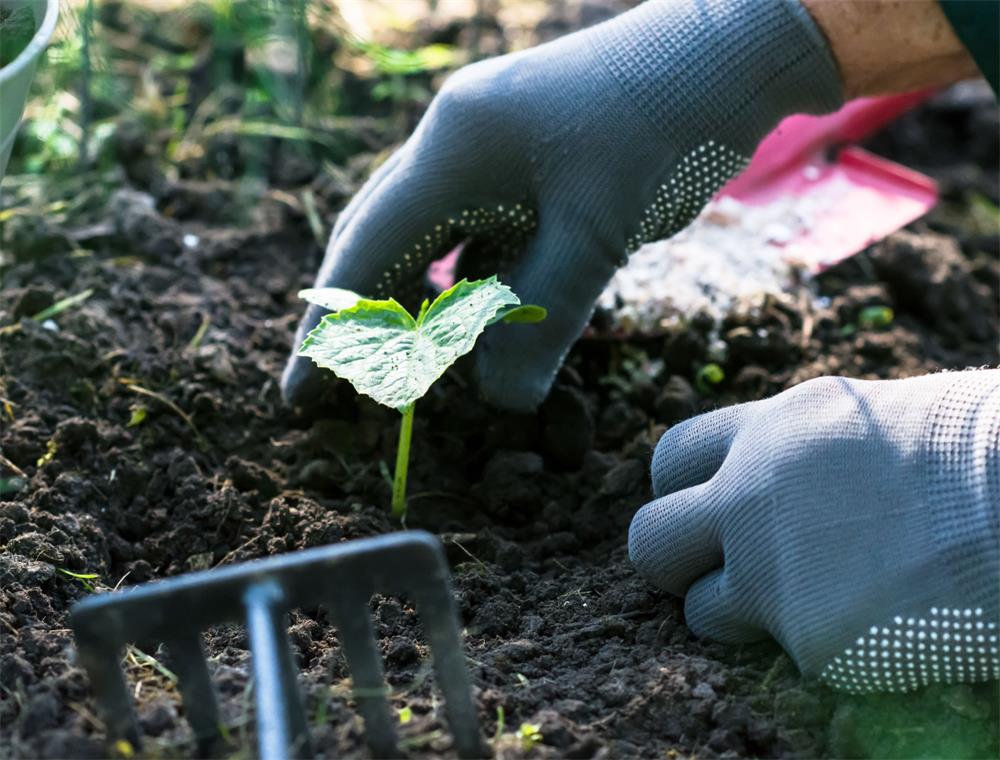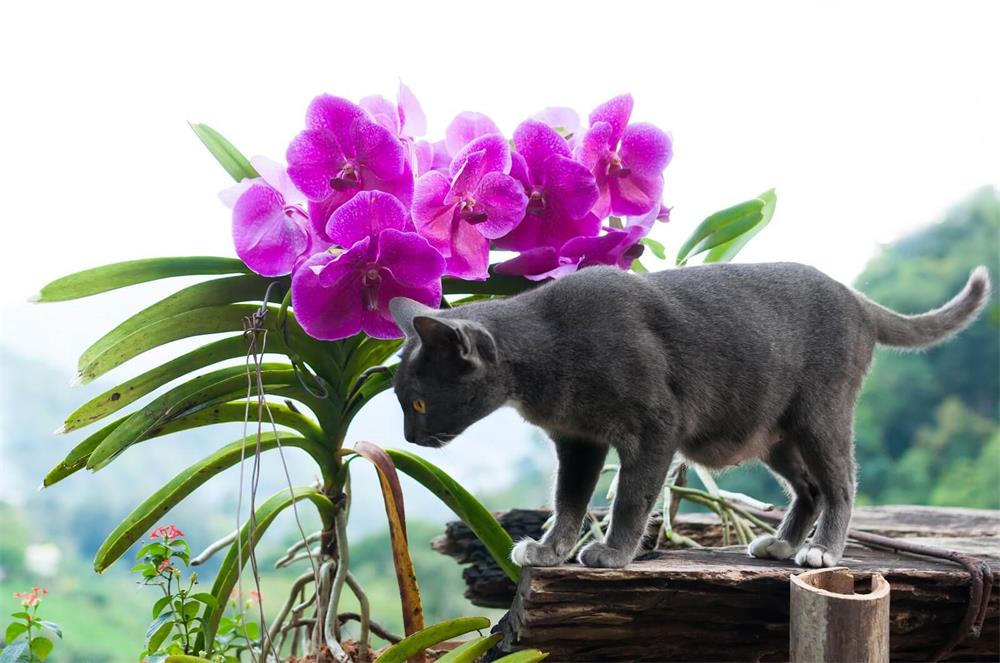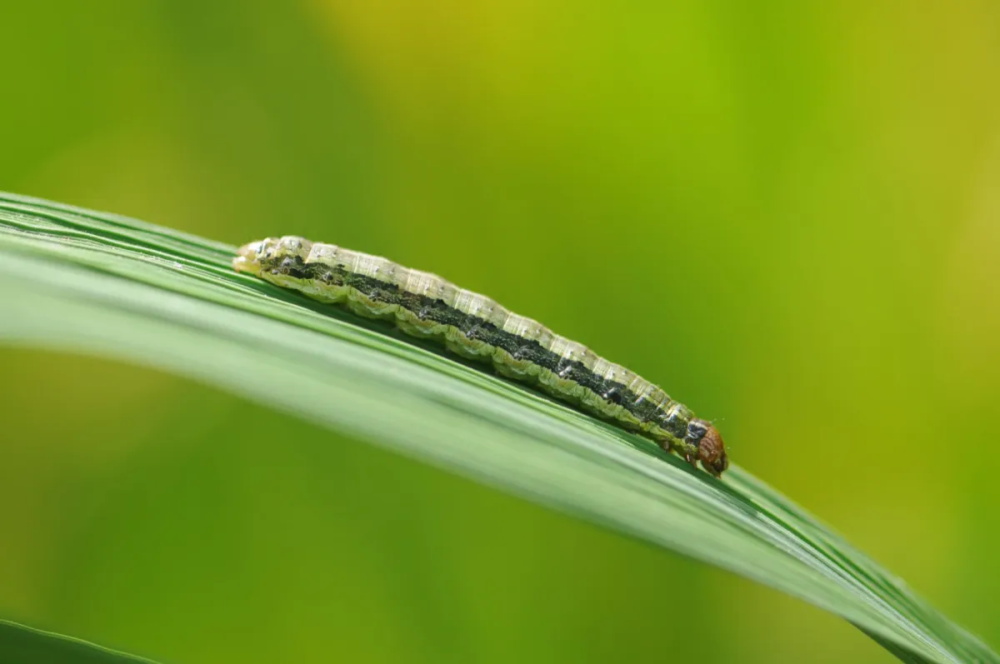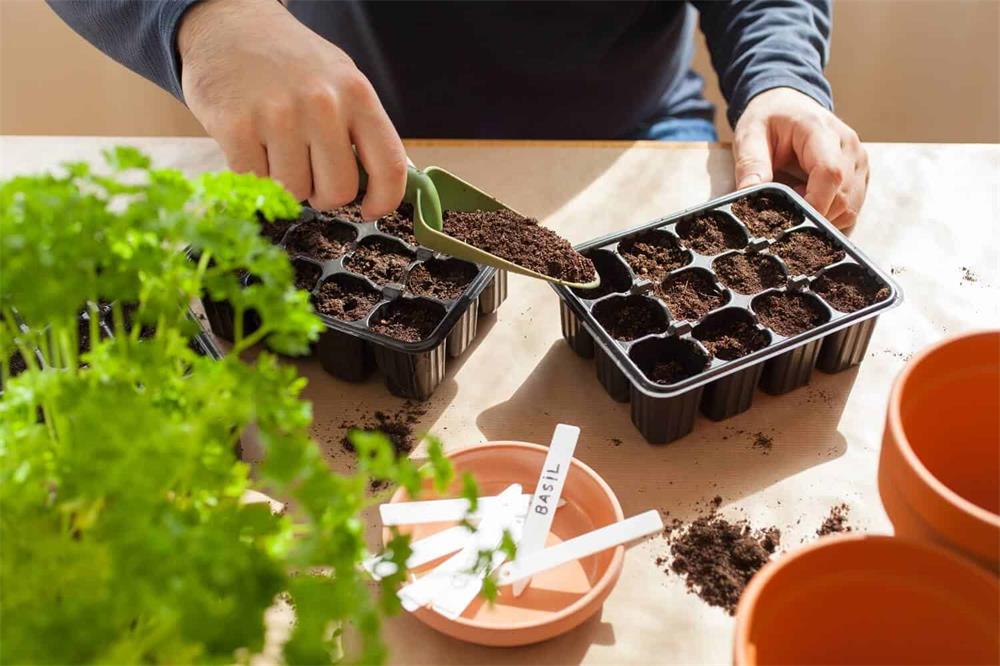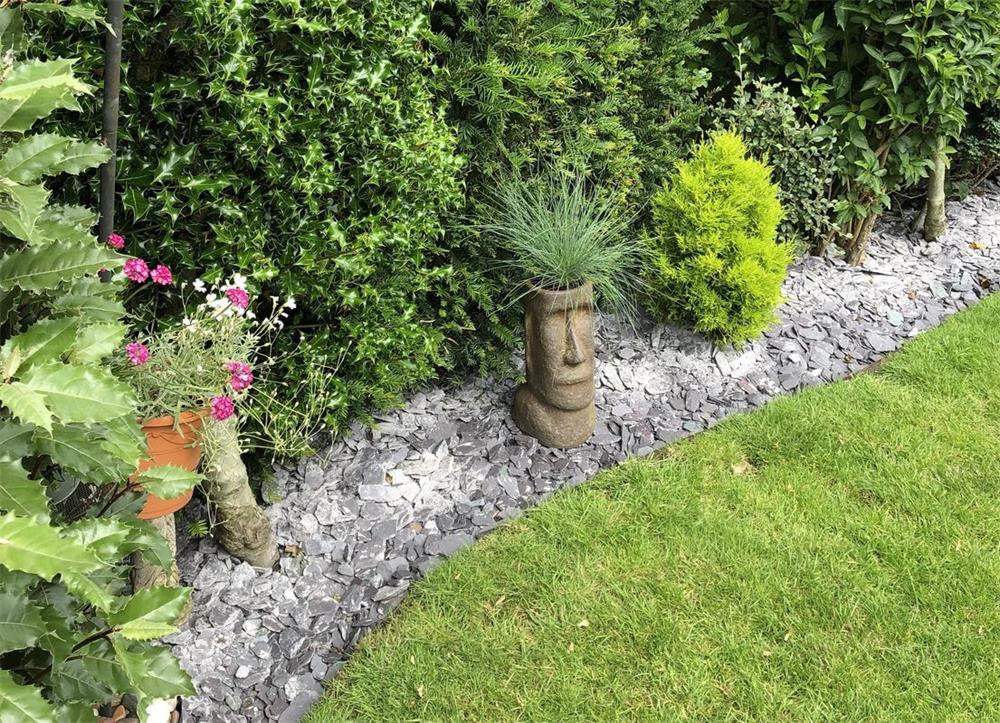
Table of Contents
A garden border can add beauty and structure to your landscape, but it can also be a lot of work to maintain. If you want to enjoy a colorful and attractive border without spending too much time and effort on it, you need to choose the right plants, materials, and design for your site. Here are some tips and ideas for creating a low-maintenance garden border that will suit your style and needs.
Choose the Right Plants
One of the most important factors for a low-maintenance garden border is selecting plants that are well-adapted to your climate, soil, and light conditions. You want plants that are hardy, drought-tolerant, disease-resistant, and easy to care for. You also want plants that won’t grow too big or spread too much, so you don’t have to prune or divide them often.
Some examples of low-maintenance plants for sunny borders are:
- Lavender: This aromatic herb has silvery-green foliage and purple flowers that attract bees and butterflies. It thrives in dry and poor soils and requires little watering or fertilizing. It also repels deer and rabbits.
- Rosemary: This evergreen shrub has needle-like leaves and blue flowers that are edible and fragrant. It grows well in hot and dry conditions and needs minimal pruning. It can also be used as a culinary herb or for aromatherapy.
- Echinacea: This perennial flower has cone-shaped heads with pink, purple, white, or yellow petals. It blooms from summer to fall and attracts pollinators and birds. It tolerates drought and poor soils and resists pests and diseases. It can also be used as a medicinal plant or for cut flowers.
- Echinops: This thistle-like plant has spiky blue or white flowers that look like globes. It blooms from midsummer to early fall and adds texture and interest to the border. It grows well in dry and sunny sites and needs little maintenance.
Some examples of low-maintenance plants for shady borders are:
- Sarcococca: This evergreen shrub has glossy green leaves and small white flowers that have a sweet scent. It grows well in partial to full shade and moist but well-drained soils. It requires little pruning or feeding and provides year-round interest.
- Mahonia: This evergreen shrub has holly-like leaves and clusters of yellow flowers that are followed by blue berries. It grows well in partial to full shade and moist but well-drained soils. It needs little pruning or fertilizing and attracts birds and bees.
- Ferns: These ancient plants have feathery fronds that come in various shapes, sizes, colors, and textures. They grow well in shady and moist areas and add a lush and tropical feel to the border. They need little care except for removing dead or damaged fronds.
- Brunnera: This perennial plant has heart-shaped leaves that are often variegated with silver or gold patterns. It produces clusters of blue flowers that resemble forget-me-nots in spring. It grows well in partial shade and moist but well-drained soils. It needs little maintenance except for dividing every few years.
Choose the Right Materials
Another factor for a low-maintenance garden border is choosing materials that are durable, easy to install, and easy to clean. You want materials that will create a clear separation between your lawn and your garden beds, prevent weeds from invading your border, and enhance the appearance of your plants.
Some examples of low-maintenance materials for garden borders are:
- Mulch: This is a layer of organic or inorganic material that covers the soil around your plants. It helps retain moisture, suppress weeds, regulate temperature, improve soil quality, and add color and texture to your border. You can use wood chips, bark, straw, pine needles, gravel, pebbles, or rubber as mulch.
- Rocks: These are natural stones that come in various shapes, sizes, colors, and textures. They can be used to create a rustic or modern look for your border. You can use large rocks as edging stones or small rocks as mulch. They are durable, weed-proof, and easy to arrange.
- Bricks: These are rectangular blocks of clay or concrete that come in various colors and finishes. They can be used to create a classic or contemporary look for your border. You can use bricks as edging stones or pavers between your garden beds and your lawn. They are sturdy, weed-resistant, and easy to clean.
- Wood: This is a natural material that comes from trees or plants. It can be used to create a rustic or cozy look for your border. You can use wood as edging planks or posts, sleepers, or mulch. It is lightweight, flexible, and biodegradable. However, it may rot, warp, or attract pests over time.
Choose the Right Design
The final factor for a low-maintenance garden border is choosing a design that matches your personal taste, garden style, and available space. You want a design that will create a harmonious and attractive border that showcases your plants and materials.
Some examples of low-maintenance garden border designs are:
- Color Block Design: This is a simple and striking design that uses large blocks of color to create contrast and impact in your border. You can use plants with similar or complementary colors to create a cohesive or vibrant look. For example, you can use purple and yellow flowers for a lively border, or blue and green foliage for a soothing border.
- Spring Bulb Spectacle: This is a seasonal and showy design that uses spring bulbs to create a burst of color and interest in your border. You can use bulbs with different heights, shapes, colors, and bloom times to create a varied and dynamic look. For example, you can use tulips and daffodils for a classic border, or alliums and hyacinths for a whimsical border.
- Colorful Foliage: This is a year-round and low-maintenance design that uses plants with colorful foliage to create texture and interest in your border. You can use plants with different shades, patterns, shapes, and sizes to create a diverse and eye-catching look. For example, you can use heucheras and euphorbias for a colorful border, or sedums and artemisias for a silvery border.
- Colorful Shade Border: This is a shady and low-maintenance design that uses plants with colorful flowers or foliage to brighten up your border. You can use plants with different light requirements, heights, shapes, colors, and bloom times to create a layered and lively look. For example, you can use sarcococcas and mahonias for evergreen structure, ferns and brunneras for foliage contrast, and anemones and astilbes for floral accents.
With these tips and ideas for low-maintenance garden border ideas, you can create a beautiful and easy-care border that will enhance your landscape and save you time and labor.



